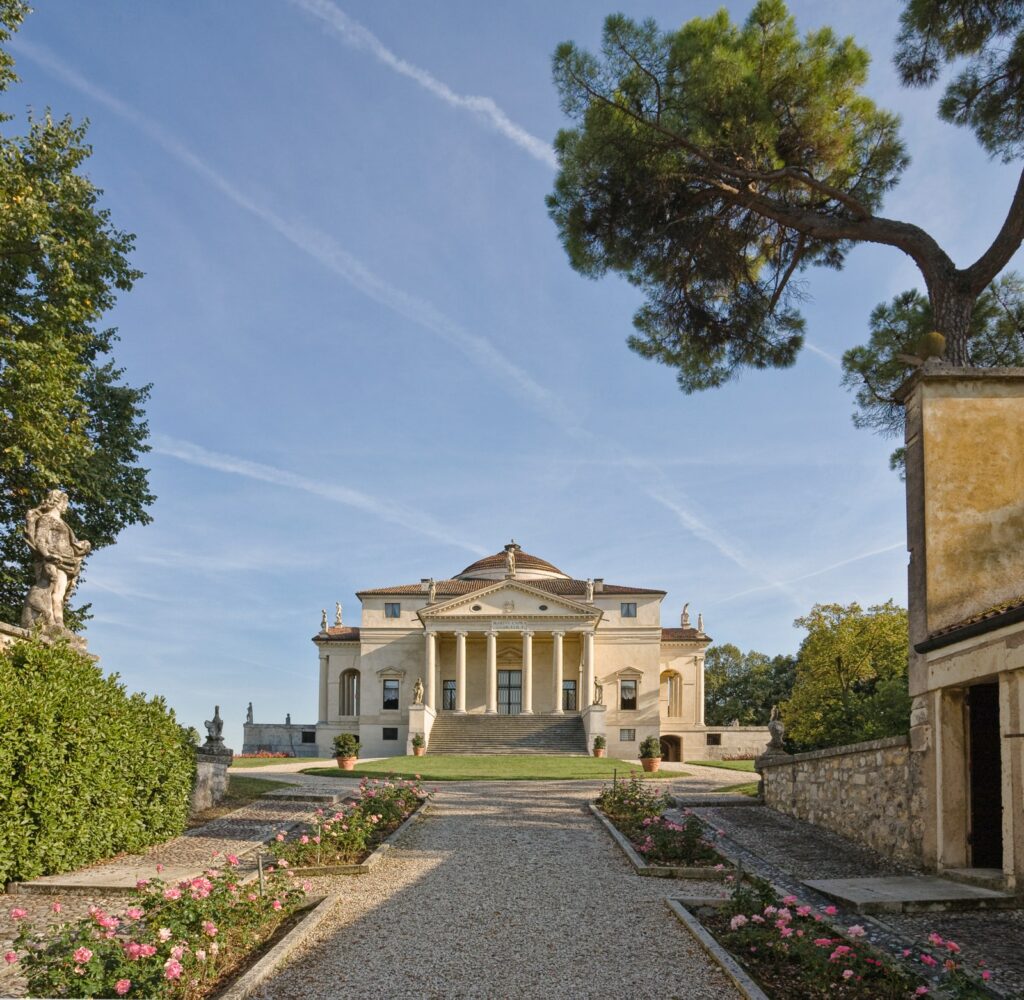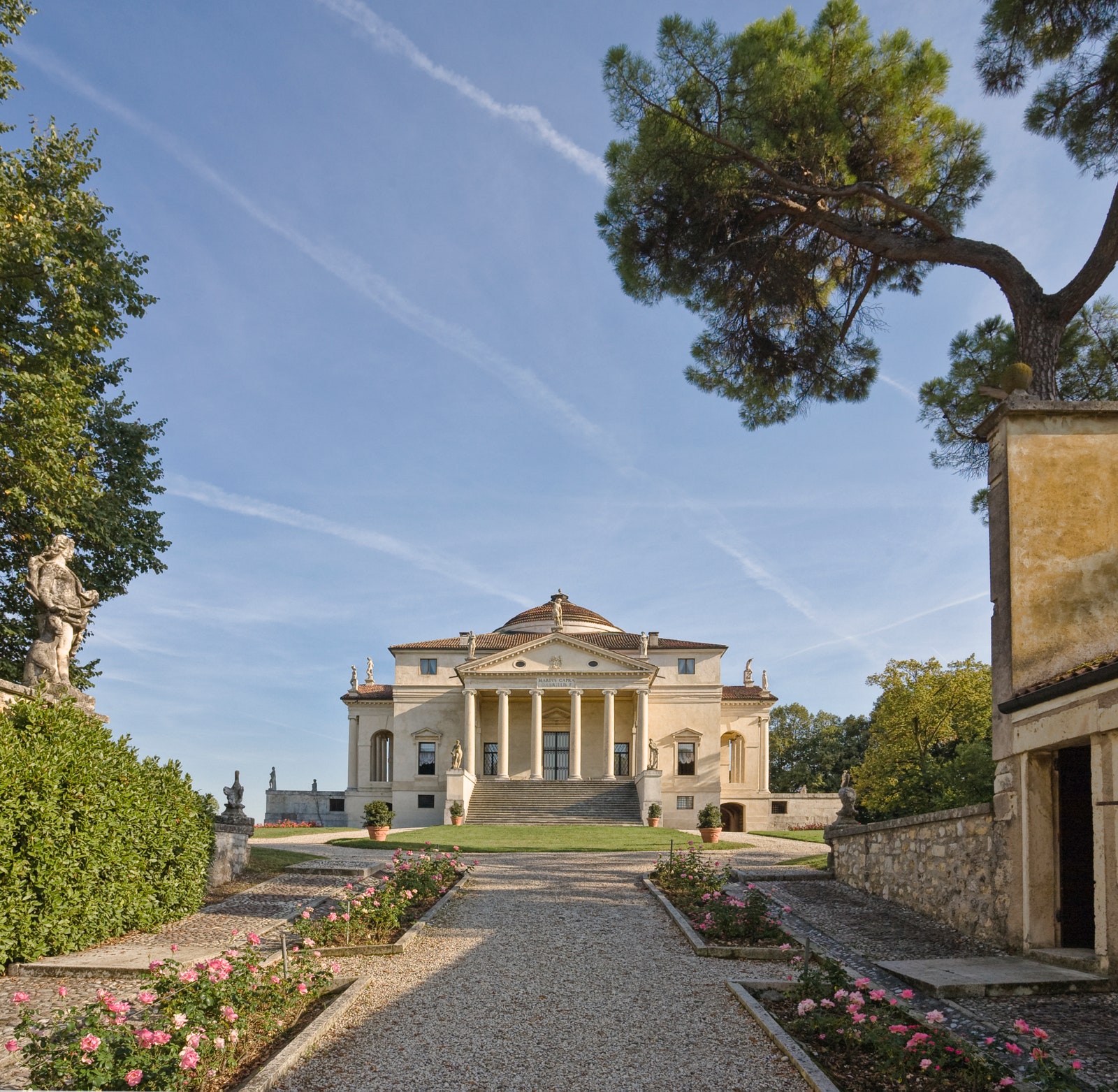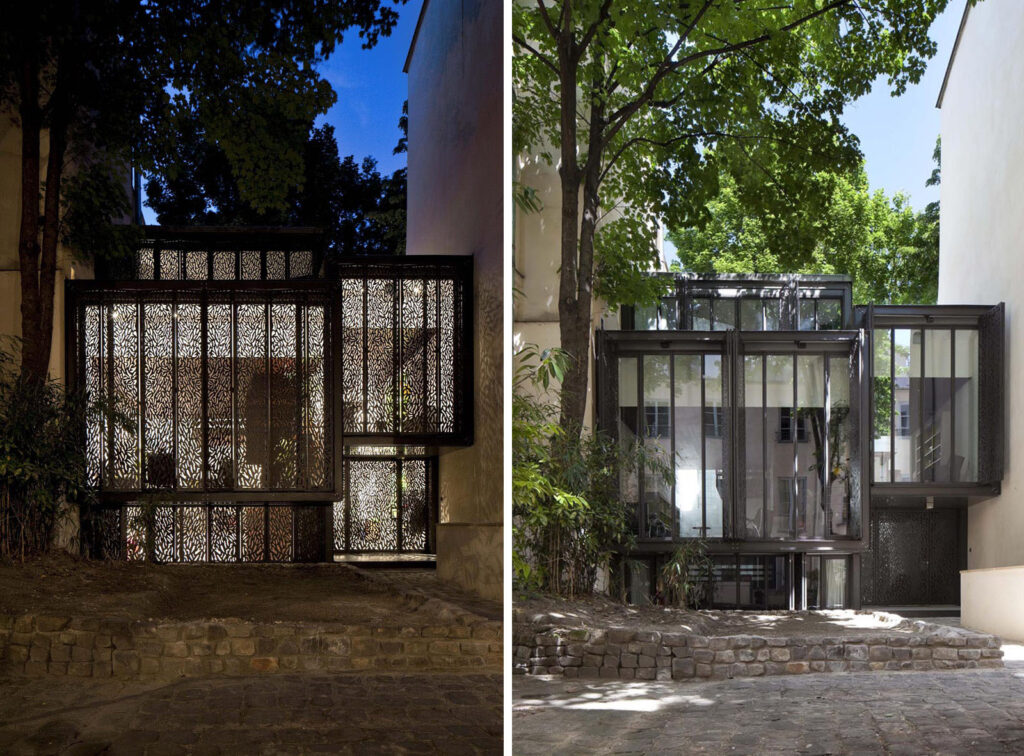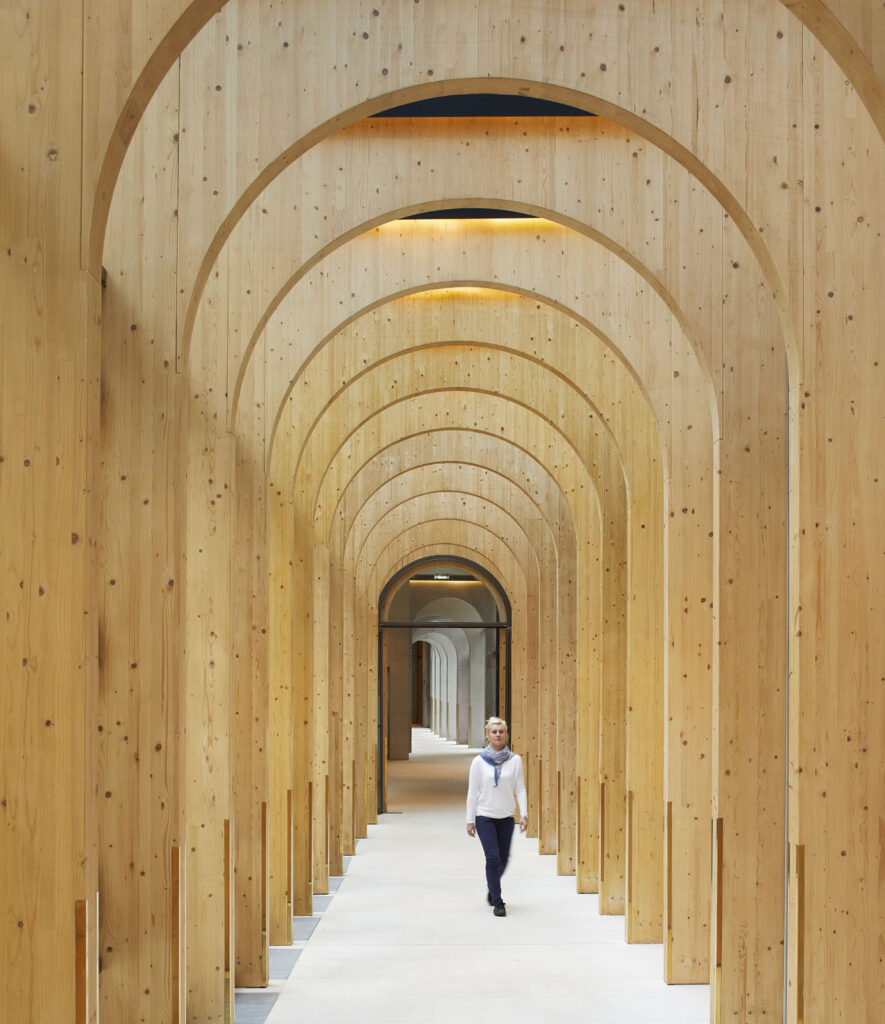Neoclassical Architecture: Everything You Need to Know

This post was originally published on this site
Neoclassical buildings typically feature columns, simple geometric forms, a grand scale, and ornamental details—particularly the Doric order—that were popular in ancient Greece and Rome. The style is different from Greek Revival, which was more concerned with reusing certain classical parts. Neoclassicism, on the other hand, was about the full-scale revival of entire classical volumes.
History of neoclassical architecture
Neoclassical architecture is often seen as a reaction against Baroque architecture and Rococo style. These buildings, which were popular particularly throughout Europe in the 17th and 18th centuries, were highly dramatic and utilized theatric ornamentation. Neoclassicism was born from the desire to approach architectural design more simplistically and in a pared-down way. Generally, the movement is considered to have begun in England and France before spreading throughout the world and was spearheaded by architects such as Robert Adam and John Soane.
Most historians consider 1750 as the start of the neoclassical movement, although some buildings which exemplify neoclassical ideals were designed prior to this. Aside from the shift from ornamented buildings in the Baroque period, archaeologist Sir William Hamilton’s excavations of Pompeii and Herculaneum prompted a renewed interest in classical forms. In what was called the Grand Tour, European aristocrats would visit these cities, inspiring intrigue in these civilizations’ designs.
“To some degree, it all stems back to Andrea Palladio and his Four Books of Architecture,” says Kahan. An Italian architect, Palladio was heavily influenced by Roman and Greek architecture, particularly the work of Vitruvius. A key figure in the Italian renaissance during the 16th century, he’s considered one of the most influential architects in Western design. His writings on the classical orders in I quattro libri dell’architettura were extremely relevant to neoclassicism.
Many countries can trace their neoclassical histories to specific figures and champions of the aesthetic. In Russia, for example, Catherine the Great embraced the style and is largely credited with the breadth of neoclassical work in St. Petersburg. In France, French art students who studied in Rome were catalysts. The writings of German art historian Johann Joachim Winckelmann, the first person to define the difference between Greek, Greco-Roman, and Roman art, were also highly influential. The style is often classified in each country by the name of the monarch who was ruling during its emergence. For example, in London, neoclassical design is sometimes referred to as Georgian for George I, George II, George III, and George IV, who reigned in succession from 1714 until 1830.




Responses